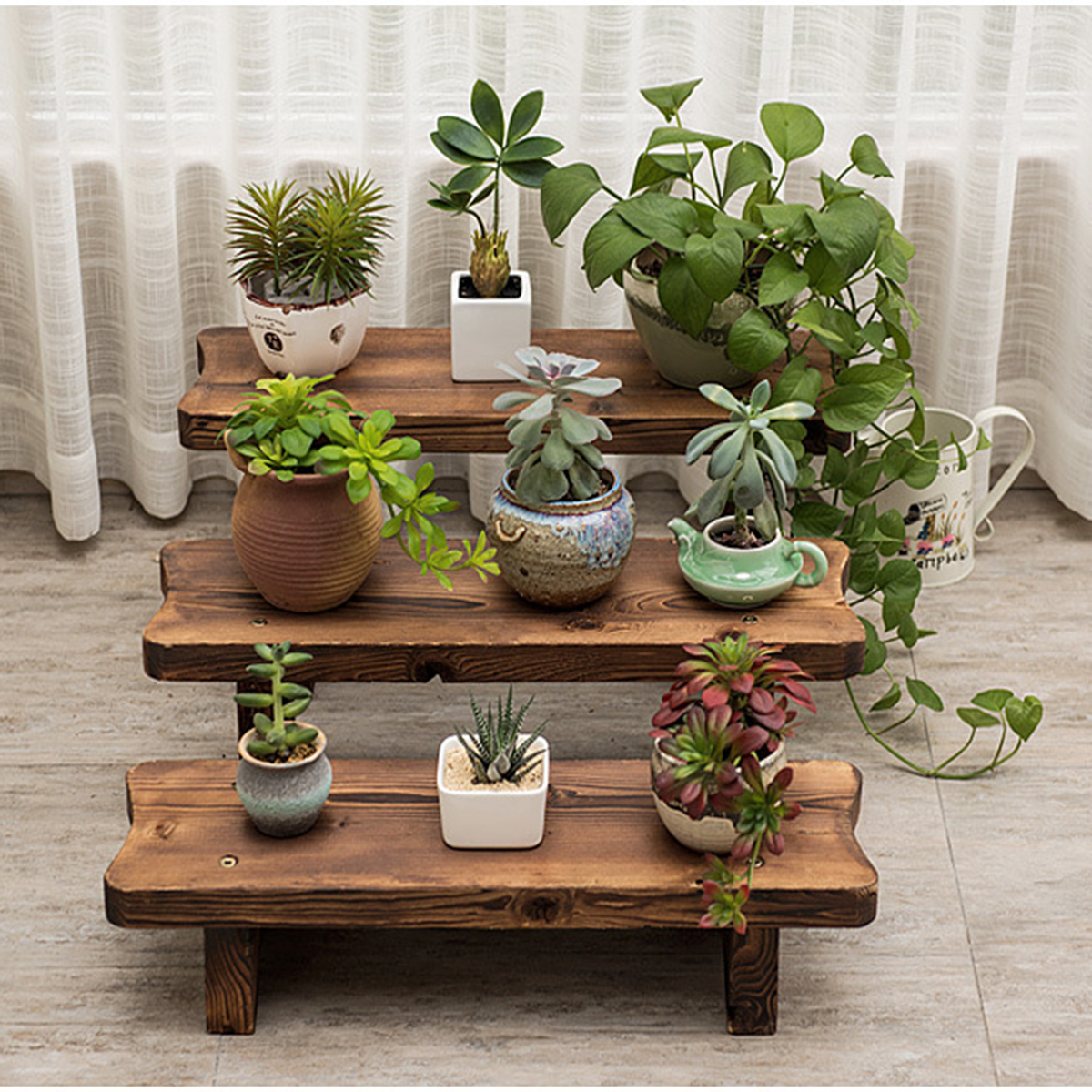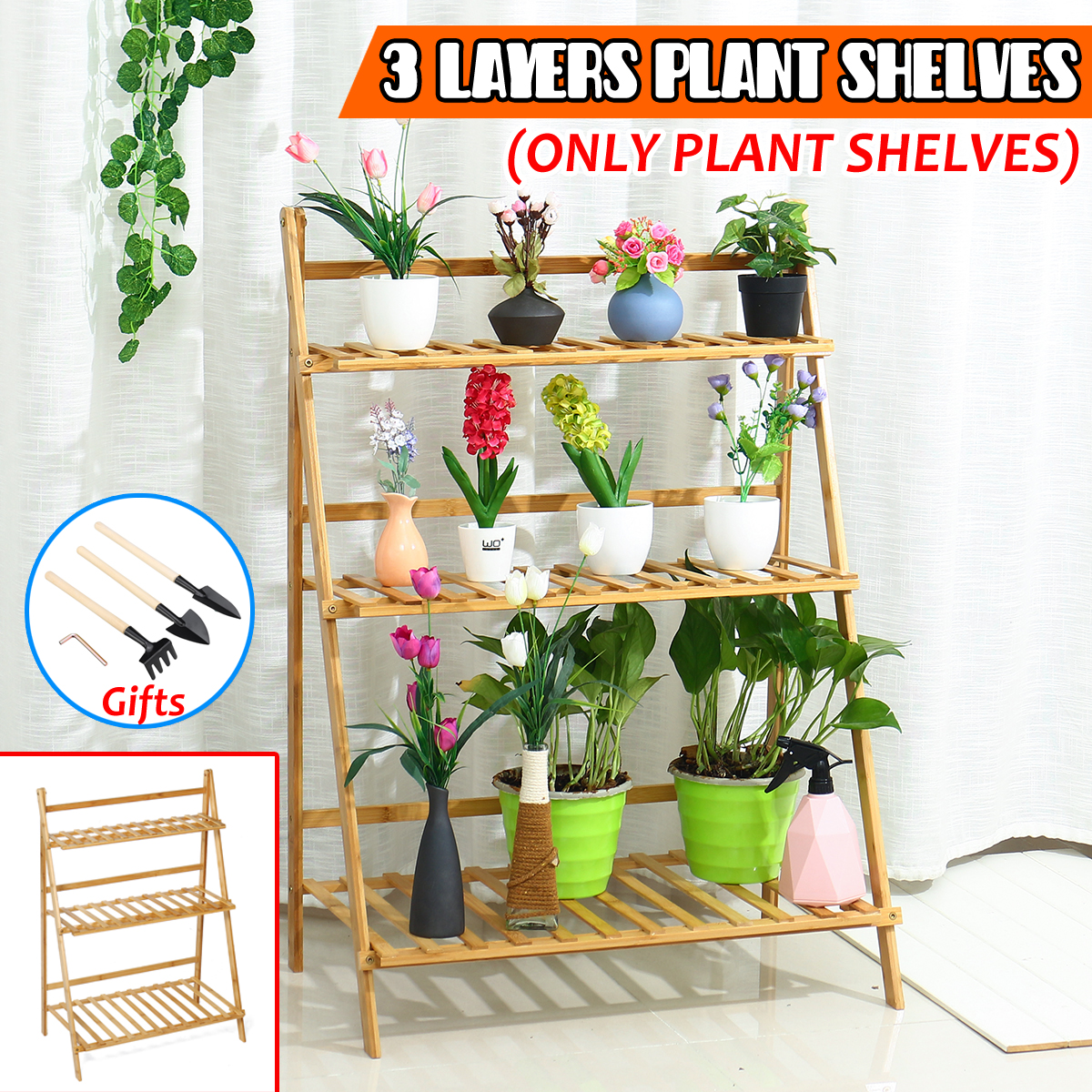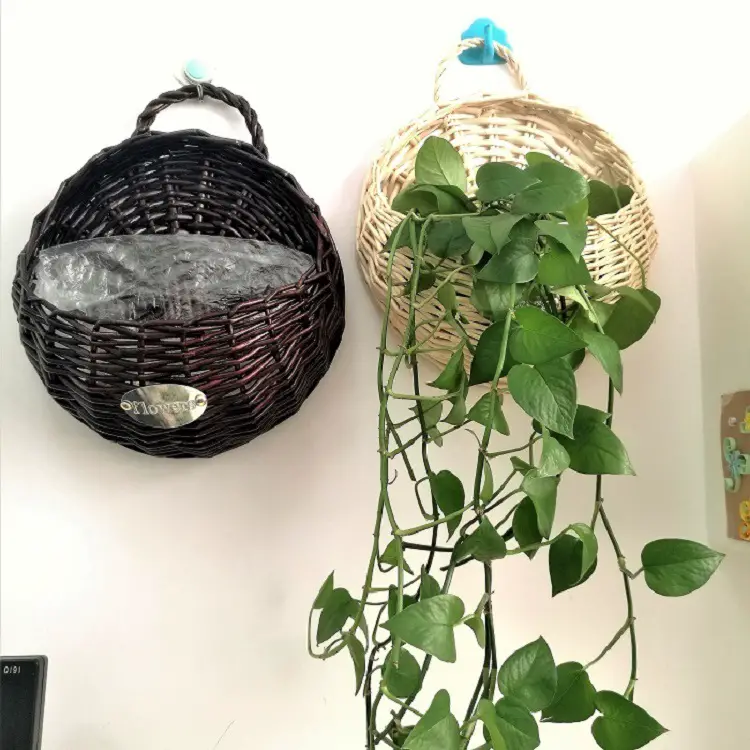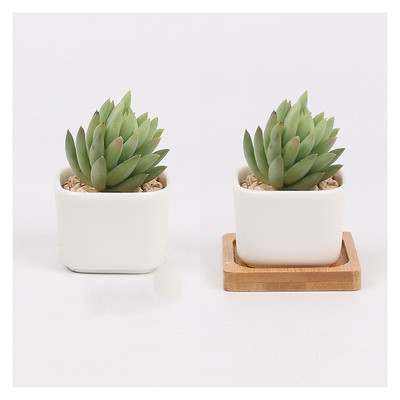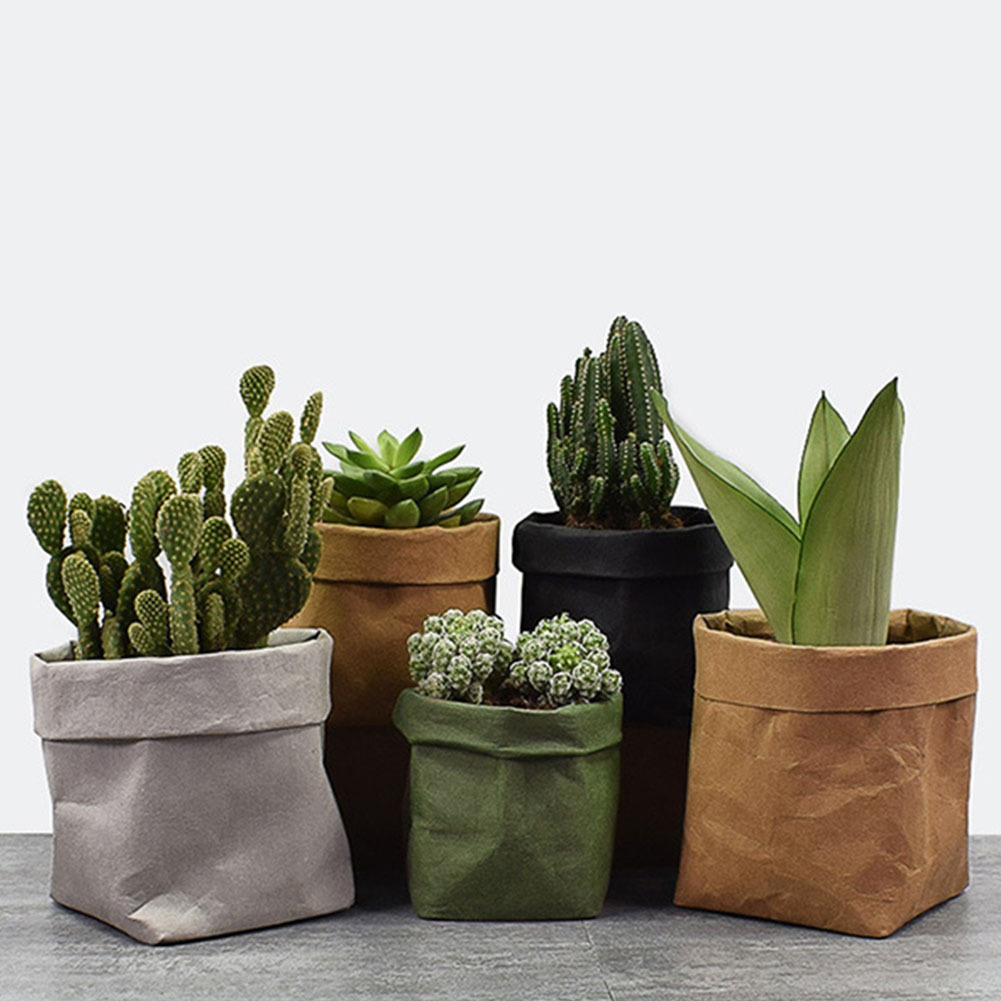Companion Planting Strategies for Healthy Container Gardens
Gardening, renowned for its therapeutic benefits and a source of nourishment, has seen a surge in popularity among urban dwellers and country folks alike. The allure of cultivating one’s own produce is undeniable, but as living spaces shrink, especially in urban areas, gardeners increasingly turn to container gardening. When practiced thoughtfully, it offers a sustainable and efficient system for growing bountiful, healthy plants. A critical element of this practice is companion planting, a time-tested strategy that enhances growth, repels pests, and maximizes yields. In this guide, we will explore effective companion planting strategies tailored for container gardens, weaving in essential insights to make your mini-garden thrive.
The Basics of Container Gardening
Before diving into companion planting, it’s crucial to understand container gardening’s foundational principles. Container gardening is the practice of growing plants in pots or other portable containers. It’s ideal for those with limited gardening space, whether on a small urban balcony or a large, barren backyard.
Maximizing Small Spaces with Container Gardening involves strategic planning. Despite size restrictions, container gardens can yield a diverse array of plants by using vertical space and smart plant combinations. Here, adaptability is key—you can move containers to take advantage of sunlight, evade harsh winds, or rearrange them for visual appeal.
Understanding Companion Planting
Companion planting involves placing different plants close to one another for mutual benefit. Historically rooted in indigenous agriculture, this method has gained scientific backing over time. The core benefits include:
- Pest Control: Some plants naturally repel specific pests, protecting neighboring plants.
- Improved Growth: Certain plant combinations can stimulate growth by enhancing soil nutrients or providing physical support.
- Biodiversity: Mixing plants increases biodiversity, which leads to a healthier ecosystem that is more resilient to diseases.
Designing Your Container Garden with Companion Planting in Mind
Assessing Your Space
Maximizing Small Spaces with Container Gardening starts with a comprehensive understanding of your available area. If you have a small balcony, you might use vertical trellises, stackable pots, or railing planters. In contrast, a sunny, expansive patio allows for larger containers and more sprawling layouts.
Choosing the Right Containers
When selecting containers, consider factors like size, material, and drainage capability. Large pots retain more moisture and support root growth, essential for vegetables and larger plants. Materials like terracotta and plastic have pros and cons in durability and heat retention. Each plant’s needs should guide your selection; herbs might thrive in smaller pots, while fruiting plants require substantial space.
Implementing Companion Planting Strategies
Common Companion Pairings
Successful container companion planting involves carefully chosen pairings:
- Tomatoes and Basil: This classic pairing not only compliments each other in cuisine but basil repels tomato hornworms, enhancing tomato growth.
- Carrots and Radishes: Radishes help break up the soil, allowing carrots to grow straighter.
- Lettuce and Beans: Beans provide nitrogen to the soil, benefiting leafy greens like lettuce.
For small spaces, try companion planting with dwarf or bush varieties, ensuring your container can accommodate the growth without overcrowding.
Experimenting with Unconventional Pairings
While traditional combos are reliable, experimenting can yield new discoveries. For instance, consider pairing strawberries with borage. Borage attracts beneficial insects and improves strawberry yields, while their aesthetic contrast adds vibrancy to your containers.
Creating a Symbiotic Environment
Effective companion planting in containers goes beyond plant pairing; it’s about creating a micro-ecosystem where plants naturally support each other. Here’s how:
Soil Management
Start with high-quality, organic potting soil rich in nutrients. Integrate compost to boost fertility and retain moisture. Regularly check for drainage to prevent waterlogging, crucial for container setups.
Implementing Crop Rotation
Even in containers, rotating plants is beneficial. Rotating herbs like basil or mint annually prevents nutrient depletion and disrupts potential pest and disease cycles.
Intercropping for Space Efficiency
Intercropping involves growing fast-maturing plants alongside slower-growing ones. For instance, radishes can mature in about 30 days and are perfect to plant alongside longer-growing peppers or eggplants. By the time the longer-season plant requires more space, the radishes have been harvested, thus optimizing space.
Addressing Challenges in Container Gardens
Every garden faces challenges, and container gardens are no exception.
Pest Management
While companion planting aids pest control, vigilant monitoring ensures problems are caught early. Organic solutions like neem oil or insecticidal soap can effectively handle outbreaks. Encourage natural predators such as ladybugs and birds by providing habitat with flowering plants.
Dealing with Limited Resources
Water and nutrients run out faster in containers. Regular watering schedules and nutrient replenishment with organic fertilizers or compost are imperative for sustaining growth.
Specialty Companion Plants for Containers
Growing Apple Fruit at Home: A Beginner’s Guide
Apples in containers? Indeed, dwarf varieties make it possible. When growing apple trees, use large pots for root expansion, and consider partners like onions or chives in the same container—these plants deter apple maggots and fungal diseases.
Herb Companions
Herbs like rosemary, thyme, and sage are wonderful container companions. These culinary staples double as beneficial companions by repelling pests and providing aromatic pleasures.
Edible Flowers
Nasturtiums and marigolds serve dual purposes—edible flowers that attract pollinators also act as pest deterrents. In containers, they provide beauty and productivity.
Sustainability in Companion Planting
An essential aspect of container gardening is sustainability. Companion planting aligns perfectly with this philosophy.
Water Conservation
Choosing drought-tolerant companions helps in regions with water scarcity. Incorporate mulch to reduce evaporation and prioritize plants with similar watering needs to prevent overuse.
Organic Practices
Emphasizing organic soil amendments and natural pest control maintains earth-friendly garden practices. This supports biodiversity within your garden, creating a robust and resilient ecosystem.
Seed-Saving Techniques
Cultivating heirloom varieties and saving seeds propagates rare species and maintains a diverse genetic plant pool, enriching your garden over time.
Conclusion
Companion Planting Strategies for Healthy Container Gardens offer gardeners the chance to innovate within limited spaces. By thoughtfully combining plants, you enhance productivity, ensure sustainability, and foster a thriving, vibrant ecosystem in your mini-garden. Whether a beginner dipping toes into the gardening world or an experienced green thumb adapting to smaller spaces, these strategies open a world of possibility. Embrace these techniques, transforming your container garden into a flourishing haven, where plants do more than just grow—they thrive in symbiotic harmony.




